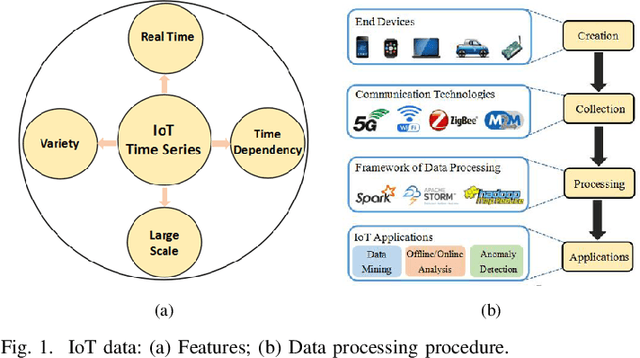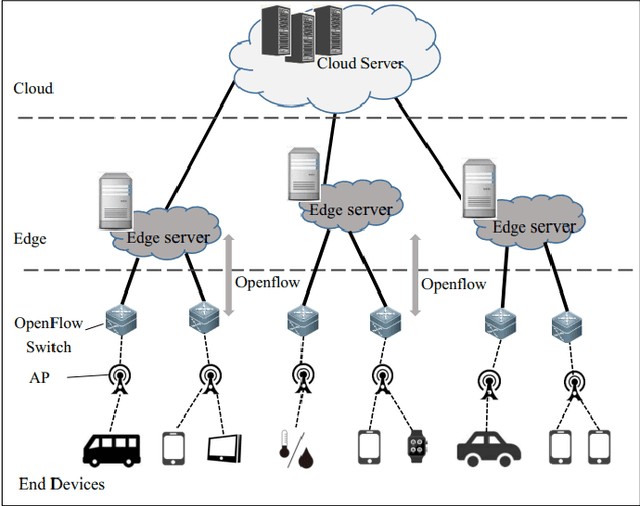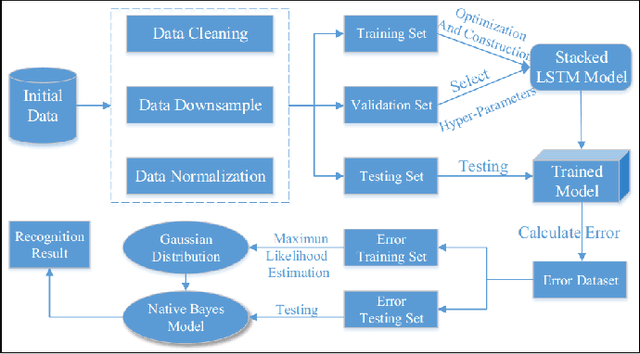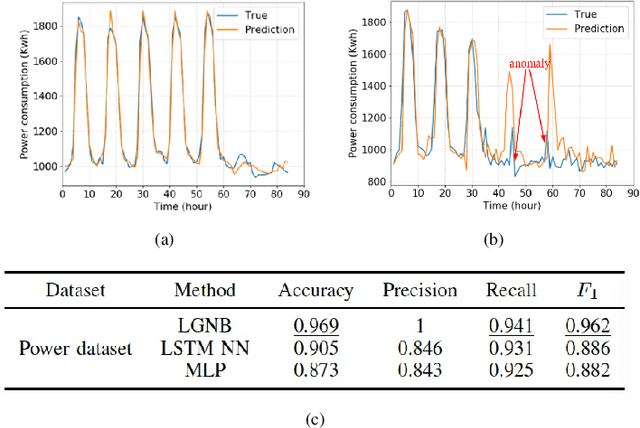Xiang Ni
A Vertical Federated Learning Framework for Graph Convolutional Network
Jun 22, 2021



Abstract:Recently, Graph Neural Network (GNN) has achieved remarkable success in various real-world problems on graph data. However in most industries, data exists in the form of isolated islands and the data privacy and security is also an important issue. In this paper, we propose FedVGCN, a federated GCN learning paradigm for privacy-preserving node classification task under data vertically partitioned setting, which can be generalized to existing GCN models. Specifically, we split the computation graph data into two parts. For each iteration of the training process, the two parties transfer intermediate results to each other under homomorphic encryption. We conduct experiments on benchmark data and the results demonstrate the effectiveness of FedVGCN in the case of GraphSage.
Software-Defined Edge Computing: A New Architecture Paradigm to Support IoT Data Analysis
Apr 26, 2021



Abstract:The rapid deployment of Internet of Things (IoT) applications leads to massive data that need to be processed. These IoT applications have specific communication requirements on latency and bandwidth, and present new features on their generated data such as time-dependency. Therefore, it is desirable to reshape the current IoT architectures by exploring their inherent nature of communication and computing to support smart IoT data process and analysis. We introduce in this paper features of IoT data, trends of IoT network architectures, some problems in IoT data analysis, and their solutions. Specifically, we view that software-defined edge computing is a promising architecture to support the unique needs of IoT data analysis. We further present an experiment on data anomaly detection in this architecture, and the comparison between two architectures for ECG diagnosis. Results show that our method is effective and feasible.
Generalizable Resource Allocation in Stream Processing via Deep Reinforcement Learning
Nov 19, 2019



Abstract:This paper considers the problem of resource allocation in stream processing, where continuous data flows must be processed in real time in a large distributed system. To maximize system throughput, the resource allocation strategy that partitions the computation tasks of a stream processing graph onto computing devices must simultaneously balance workload distribution and minimize communication. Since this problem of graph partitioning is known to be NP-complete yet crucial to practical streaming systems, many heuristic-based algorithms have been developed to find reasonably good solutions. In this paper, we present a graph-aware encoder-decoder framework to learn a generalizable resource allocation strategy that can properly distribute computation tasks of stream processing graphs unobserved from training data. We, for the first time, propose to leverage graph embedding to learn the structural information of the stream processing graphs. Jointly trained with the graph-aware decoder using deep reinforcement learning, our approach can effectively find optimized solutions for unseen graphs. Our experiments show that the proposed model outperforms both METIS, a state-of-the-art graph partitioning algorithm, and an LSTM-based encoder-decoder model, in about 70% of the test cases.
 Add to Chrome
Add to Chrome Add to Firefox
Add to Firefox Add to Edge
Add to Edge